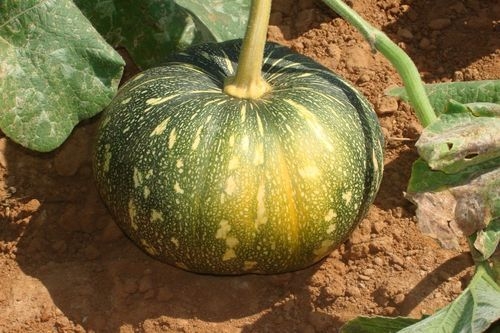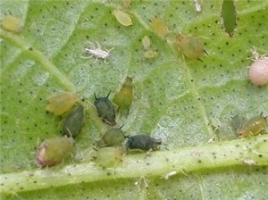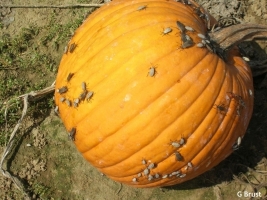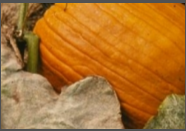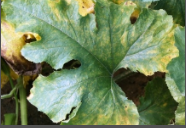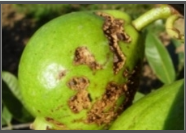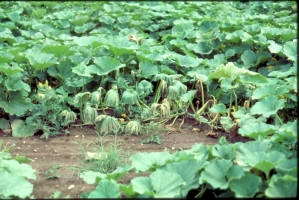Hybrid varieties:
PAU Magaz Kaddoo-1: Released in 2018. The variety is also used for making Magaz and snacks. It has hull-less seeds, dwarf vines and dark green color leaves. It has medium sized fruits which is round and turns golden yellow at maturity. The seed contains 32% omega-6, 3% protein and 27% oil content. It gives an average yield of 2.9qtl/acre of seeds.
PPH-1: Released in 2016. Extra early maturing variety. They have dwarf vines, short internodal length and dark green color leaves. It contains small fruits which are round in shape. The fruit is mottled green in color when immature and at maturity stage it becomes mottled brown in color. Fruit contains golden yellow color flesh. It gives an average yield of 206qtl/acre.
PPH-2: Released in 2016. Extra early maturing variety. They have dwarf vines, short internodal length and green color leaves. It contains small fruits which are round in shape. The fruit is light green in color when immature and at maturity stage it becomes smooth brown in color. Fruit contains golden yellow color flesh. It gives an average yield of 222qtl/acre.
Punjab Samrat (Released in 2008): They have medium long vines, angular stem and dark green color leaves. It contains small fruits which are round in shape. The fruit is mottled green in color when immature and at maturity stage it becomes pale brown in color. Fruit contains golden yellow color flesh. It gives an average yield of 165qtl/acre.
Other state varieties:
CO 2: Released in 1974. The average weight of each fruit is 1.5-2kg. The fruit contains orange color flesh. It gives an average yield of 100qtl/acre. The variety gets mature in 135 days.
CO1, ArkaSuryamukhi, PusaViswesh, TCR 011, Ambilli and ArkaChandan are the important varieties of Pumpkin.

